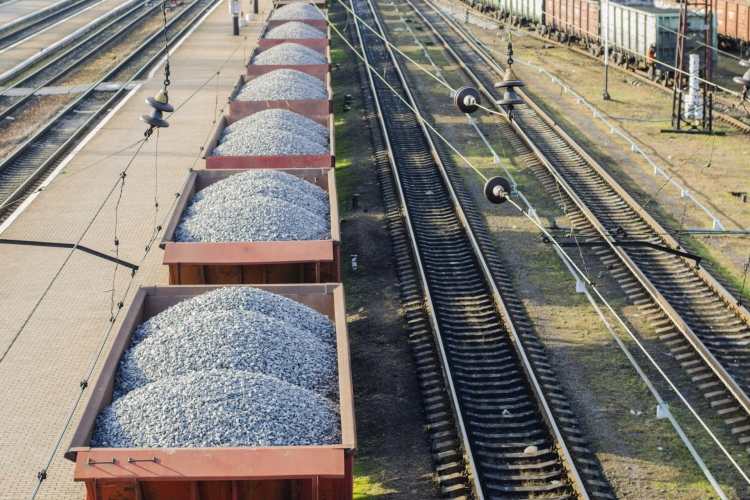UDT Summarizes Q1 2025 in Rail Transport
- Oprac. M.K.
- Kategoria: English zone
The beginning of 2025 did not bring growth in the rail freight sector – in the first quarter of this year, only 52.19 million tons of cargo were transported. Data on cargo structure reveal signs of deeper changes related both to the condition of the domestic economy and to European trends in logistics.
Energy transition, logistics digitalization, and the growing importance of intermodal transport are reshaping freight structures. For Poland, this means not only the need for infrastructural and technological adaptation, but also the necessity of strategic freight management in the international context. Efficient rail freight – regardless of economic fluctuations – remains a key element of both the national transport system and the climate and economic policy of the European Union - said Dr. Eng. Ignacy Góra, President of the Office of Rail Transport.
The data show that transport volumes have decreased, but the structure of dominant cargo groups remained relatively stable in the first quarter of this year. Energy raw materials – primarily hard coal, lignite, crude oil, and natural gas – still have the largest share in rail transport. They accounted for over 31.2% of the total transported cargo mass. Hard coal reached 15.87 million tons, a slight decrease compared to Q1 2024 (16.11 million tons). This result, however, keeps the cargo group of hard coal, lignite, crude oil, and natural gas (with a volume of nearly 16.3 million tons) in the leading position in terms of mass. In terms of transport performance, this group accounted for 19.6% in Q1.
The second key category is metal ores and other mining industry products – 13.59 million tons, representing over 26% of total cargo mass. This is similar to the result from Q1 2024 (13.4 million tons). The metal ores and other mining industry products group achieved a 27% market share in transport performance. Within this group in Q1 2025, 81% of mass consisted of aggregates (including sand, gravel, and clays) with a total mass of 11.01 million tons – over 2 million tons less than in Q4 2024. Lower aggregate transport volumes in Q1 are cyclical (due to lower seasonal demand), but such a large drop has a negative impact on the condition of the transport industry.
Within the group of metal ores and other mining industry products, the mass of the iron ore subgroup remains stable – around 1.5 million tons in each of the last four quarters (1.55 million tons in Q1 2025).
Refined petroleum products and industrial gases accounted for 13.3% of total transport mass in Q1 2025, reaching 6.94 million tons. This is lower than in Q1 2024 as well as in late 2024. Their share in transport performance was 19.6%. For the refined petroleum products subgroup, results were similar to Q4 2021 and Q1 2022.
Stable freight groups
Recently, the group of chemicals, plastics, and nuclear fuels has shown relatively high stability – with 2.73 million tons (compared to 2.78 million tons a year earlier). Notably, the share of this category in transport performance increased to 6.45%, while in total mass it exceeded 5% (5.2%) – similar to Q1 last year.
Also noteworthy are cargoes from the unidentifiable group – those that cannot be clearly assigned to any classification, e.g., containers, consolidated shipments, or intermodal cargo. In Q1 2025, 5.25 million tons were transported, giving them a 10.07% share in total mass. Their share in transport performance reached as much as 13.13%. This group’s share remains stable.
Detailed information, along with the full range of statistics on groups, is available on the Railway Data website in the Freight Transport, Cargo Groups section.
Source: UDT

